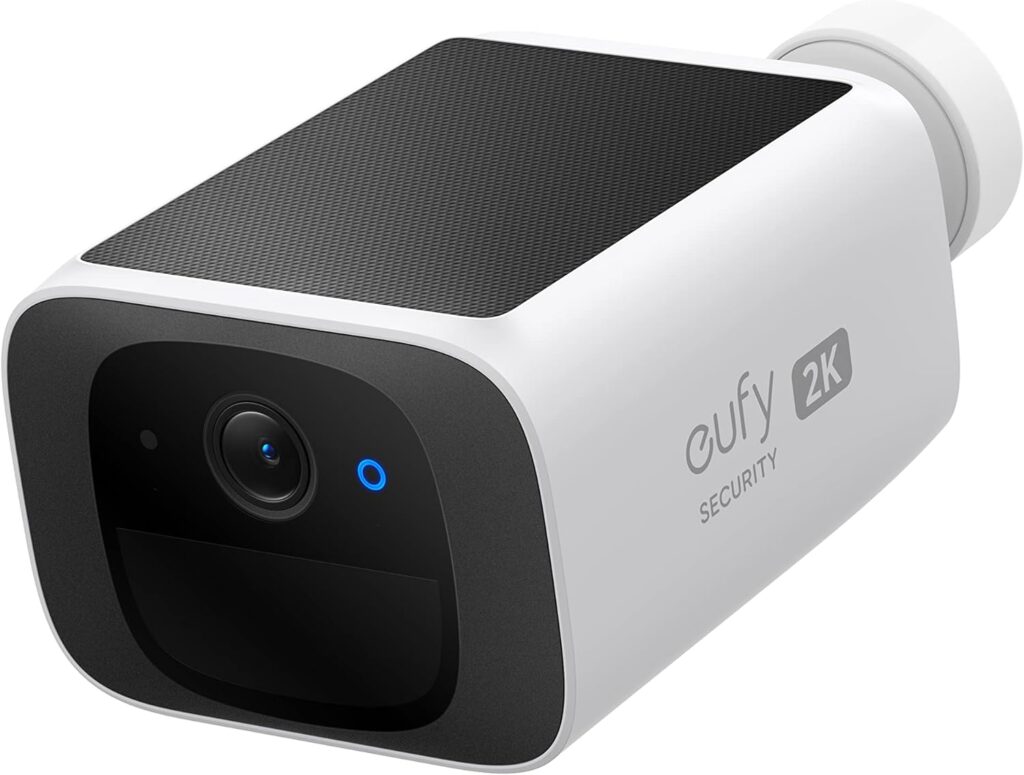Wireless Solar Powered Security Camera
November 1, 2024
Don’t take my word for it. Do your own research before you attach any of the latest “Internet of Things” gadget to your home network. Cameras, smart switches, robo-vacs, WIFI refrigerators, and more can all potentially be hacked.
There are no fool-proof protections from these “inside the firewall” devices if they do go rogue; but there are a few things you can do to reduce the risks. First: recognize that these are “do it yourself” consumer products and may not be suited for a commercial or industrial environment unless vetted by professionals and continually monitored by “enterprise grade” network surveillance.
If you install one of these many devices on a home network, don’t leave computer file sharing, computers, and other devices “open” on your home network with either no password protection or factory default passwords that have never been changed. Get expert help if necessary to make sure that all the devices on your home network have some protection from each other in the event that a gadget, your computer or even a printer becomes infected with malware. I always use “httpS:” links when browsing and sometimes even a VPN service from my computer or phone, but as I said – nothing is foolproof.
If you have special security needs, please consult a professional.
Now that we are all properly cautioned and half-thinking about returning to a pre-technology era when fire was a novelty – let me tell you how eufy persuaded me to buy and use seven of these reasonably priced high-resolution cameras.
I first did what you should do; I searched the web and news for the latest information on eufy and digital security. There were stories that were critical of the product and stories that the company had responded by incorporating encryption. (More about that later.)
Then I saw that eufy cameras offered a “cloud storage” feature, but it was entirely optional. The eufy app communicates directly with both live and recorded video stored inside the camera. eufy claims that connections from your phone to the camera are encrypted.
Every eufy camera customer will have the smartphone/tablet eufy “Security” app and a eufy account secured with a username and password. The eufy account useraname and password is your “key” to access the encrypted camera.
Each camera is paired with the home Wi-Fi connection and the password-secured app when you first install it. (The instructions are simple, but you may have to attempt the pairing ritual twice.) I found it works best when the camera, the smartphone and the Wi-Fi access point are all in close proximity.
Once paired, the camera’s stored video or live feed is accessible with your smartphone or tablet from any location with reasonably fast internet. A live feed typically “clocks in” at 100Kb – 300Kb per second. Even an old DSL internet connection should be able to handle that.
The most useful feature for me is the smart notification. The camera is sensitive to motion and even has the ability to distinguish simple motion from what appear to be human figures. You customize every feature of the camera with the app and receive notifications any time the camera detects some movement.
I am very pleased with the performance of the camera at night. It’s black and white nighttime mode is sensitive to Infrared light and images are captured on all but the blackest of nights without additional lighting.
It is best to fully charge the camera with a USB cable before installation. Once charged, my cameras have reliably held enough power to carry it through a couple of cloudy and rainy days – even with partial sun!
eufy is continually introducing variations on this product – so shop around at Amazon for the best price/resolution for your needs.
